
In Structural Engineering, code references and standards are the factors needed to make the design structurally safe and sound. These codes serve as a guideline in our design. The following are the American design codes and standards that you might be interested in. These are essential in the design criteria of Structural Design Engineering:
Seismic Analysis Reference Code:
There are three popular seismic codes as stated below that we are adopting in seismic analysis, the use of each is depending on the local building authority requirements:
- 1997 Uniform Building Code, Vol. 2: Structural Engineering Design Provisions
- 2018 International Building Code
Concrete Design Code References:
Minimum Design Load Requirements
- Minimum Design Loads for Buildings and Other Structures, 3rd Printing (Standard ASCE/SEI 7-10)
-
Minimum Design Loads and Associated Criteria for Buildings and Other Structures (Standards – ASCE/Sei)-New Release Version-2016
There’s a lot of code and standards available, according to its uses, but the Codes stated above are the basic code requirements in the structural designing. Other design codes and standards are as follows:
Steel Structure
AISC 303-05 Code of Standard Practice for Steel Buildings and Bridges
AISC 360-05 Specification for Structural Steel Buildings
AISC 341-10 Seismic Provisions for Structural Steel Buildings
Material Codes for Concrete
CS EN 206-1:2000 Concrete Specification, performance, production and conformity
BS8500-2: 2006 Complementary British Standard to BS EN 206-1
BS4027: 1996 Specification for Sulphate Resisting Portland cement
BS6699: 1992 Specification for ground granulated blast furnace slag for use with Portland cement
BS EN 450-1:2005 Fly Ash for Concrete: Definitions, Specification, and Conformity Criteria
Material Codes for Steel Reinforcement
BS 4449:2005 Steel for the reinforcement of concrete, weldable reinforcing steel, bar, coil, and recoiled products.
BS4483:2005 Steel Fabric for the Reinforcement of Concrete
BS 8666: 2000 Specification for scheduling, dimensioning, bending and cutting of steel reinforcement for concrete.
BS 5896:2012 High tensile steel wire and strand for the prestressing of concrete, Specification
EN 10138-1 Pre-stressing steels. General requirements
EN 10138-2 Pre-stressing steels. Wire.
EN 10138-3 Pre-stressing steels. Strand.
EN 10138-4 Pre-stressing Steels. Bars.
Steel Structures
BS EN 10025 Hot rolled products of non-alloy structural steels – Technical Delivery Conditions
Design Guidelines
BS 8004: 1986 Code of practice for foundations
BS 8007: 1987 Code of practice for design of concrete structures for retaining aqueous liquids
BS8102:2009 Code of practice for protection of below ground structures against water from the ground
EN1992-3:2006 Design of Concrete Structures – Part 3 Liquid Retaining and Containment Structures
Throughout the succeeding articles, we will go through the content in each of the code and standards necessary in structural designing. So stay tuned and subscribe to www.thestructuralworld.com for any updates.
Tell us your thoughts. Feel free to leave a message on the comment form below.

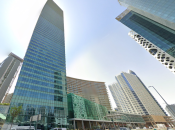
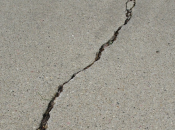

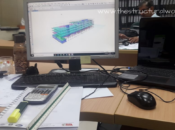
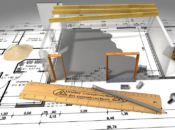

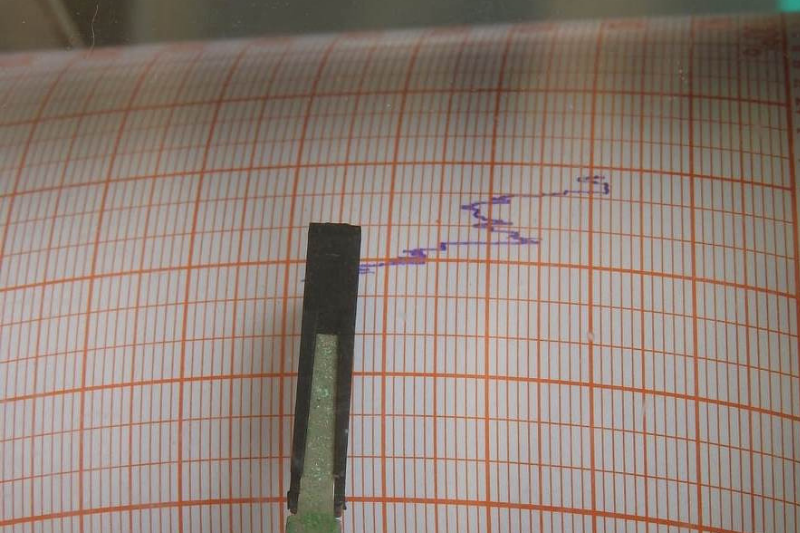
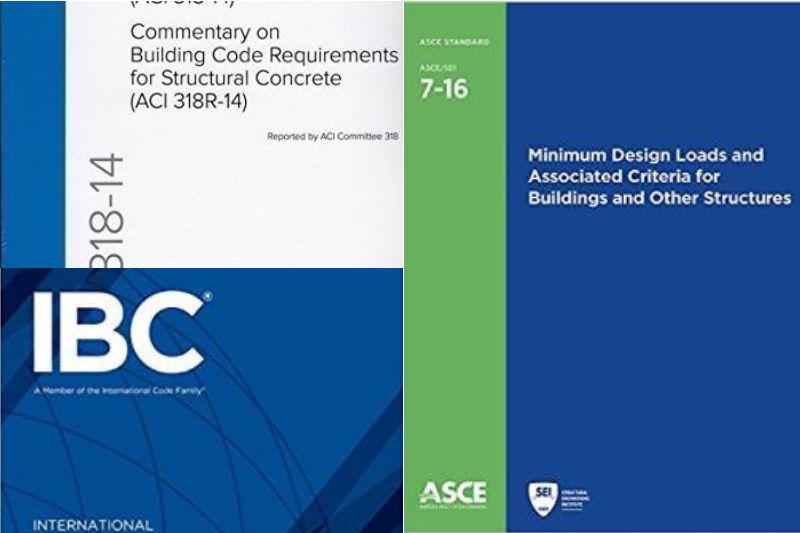

Are you not “flogging a dead horse” with UBC-97? It is superseded multiple times by other codes IBC, ASCE, ….
Hi Peter, UBC-97 is still widely use in some part of the world. In fact the tallest building in the world was analyze adopting the UBC-97 code provisions.
There are many EN/BS codes listed, they are not supposed to be used in America, right?